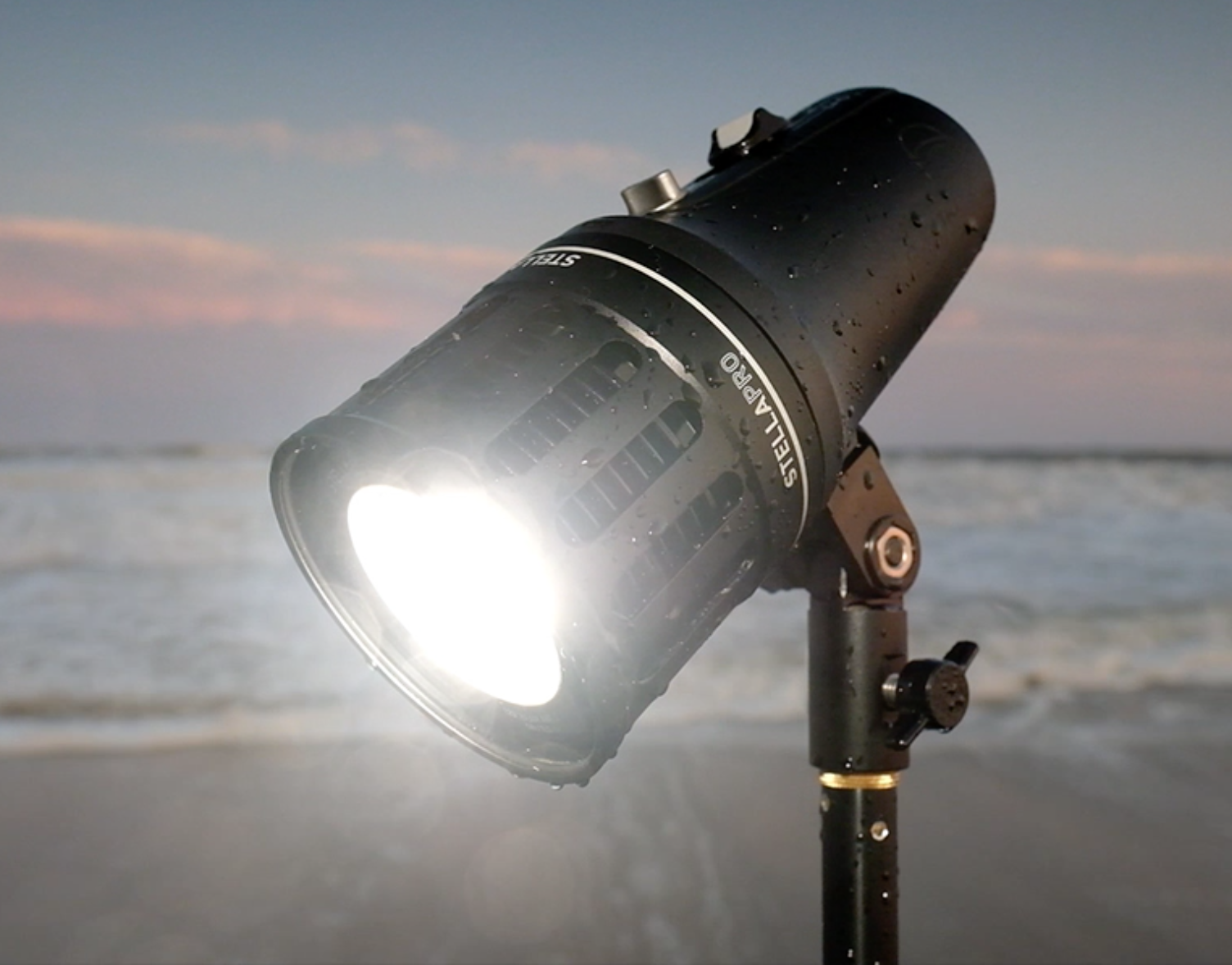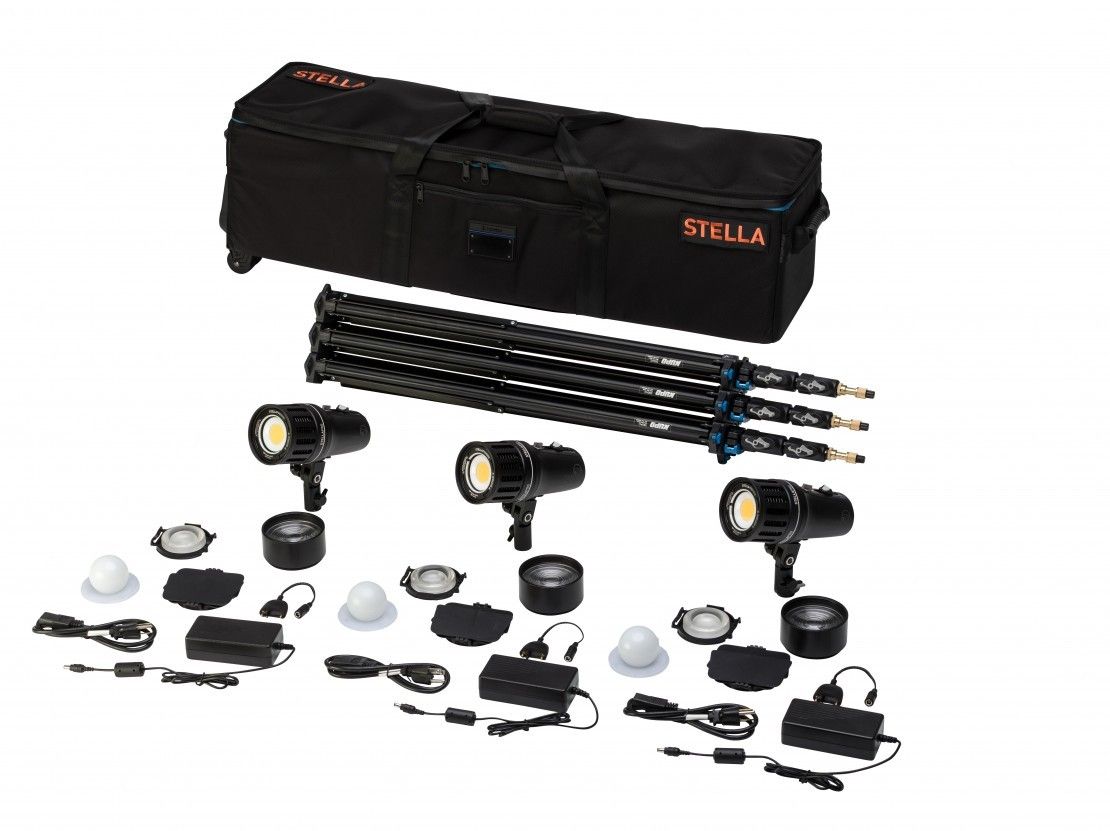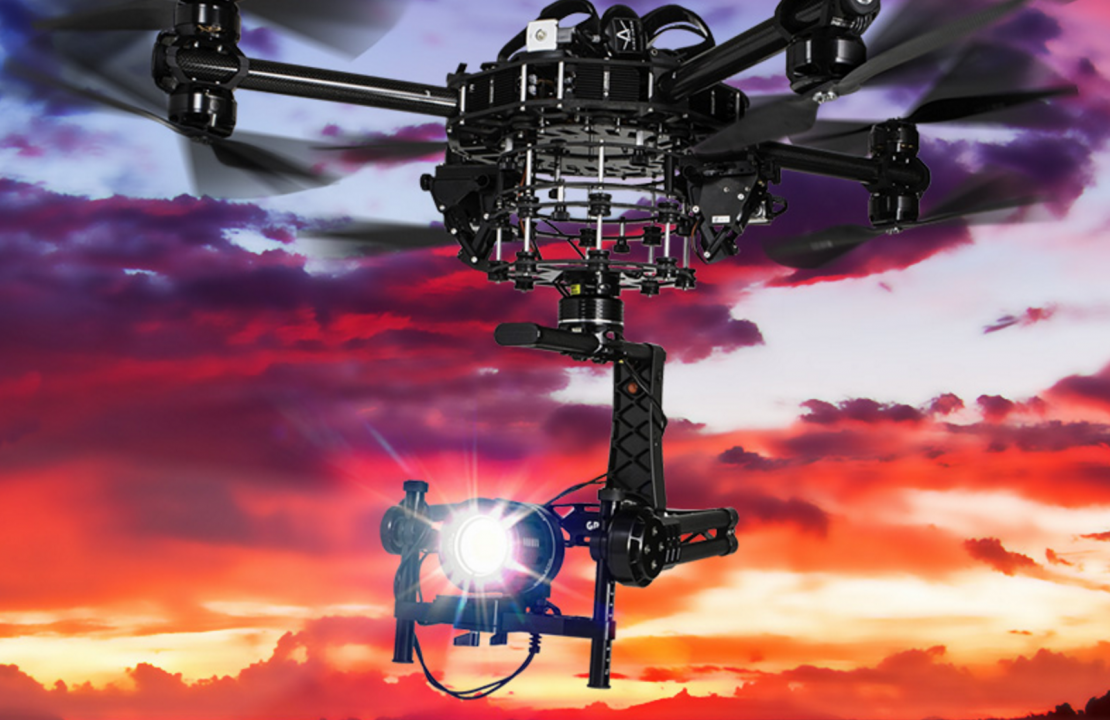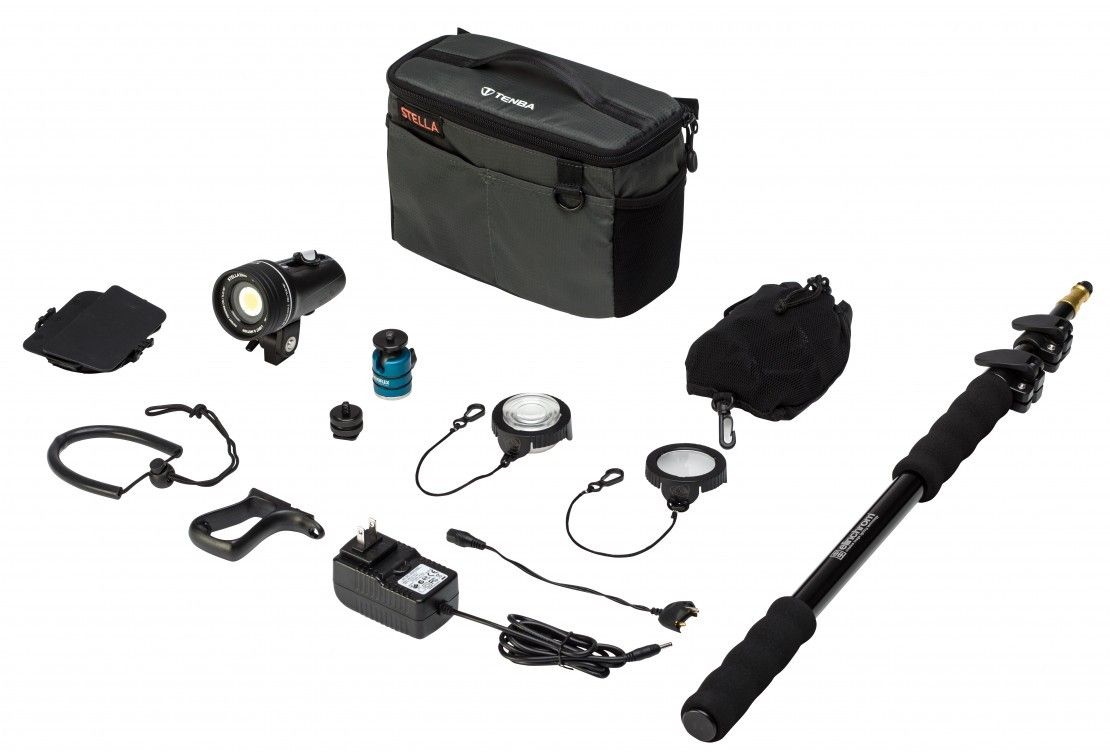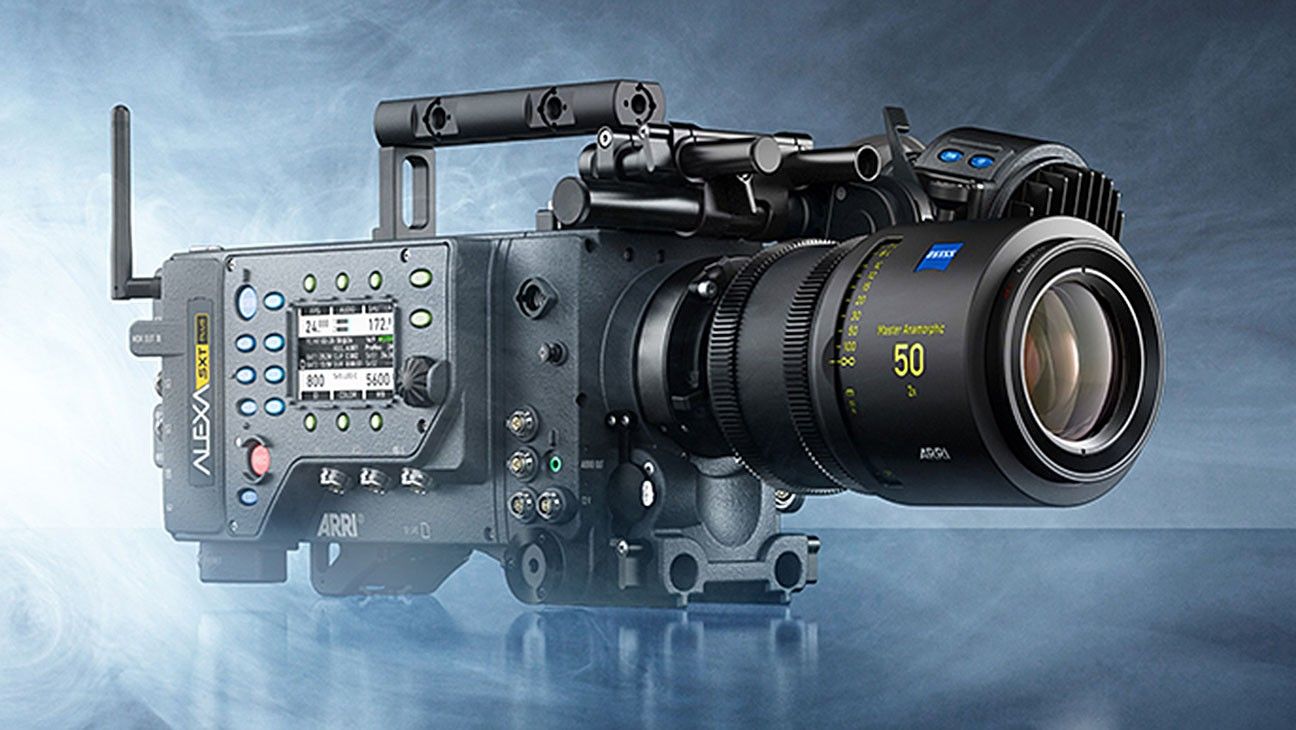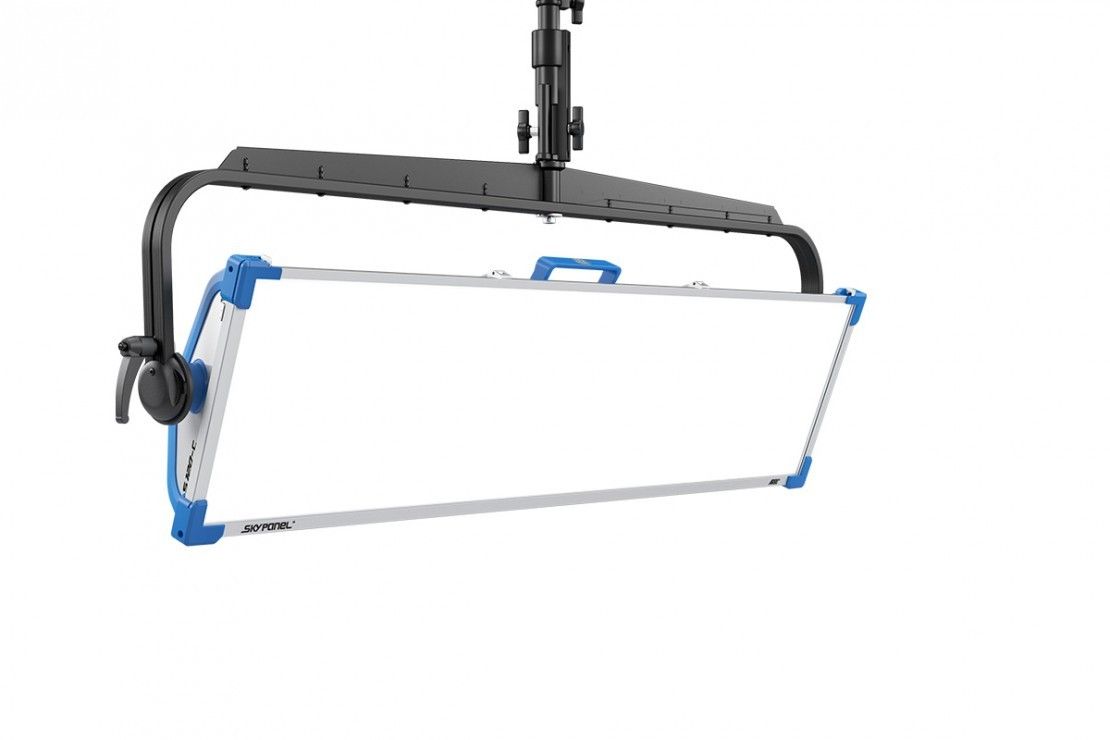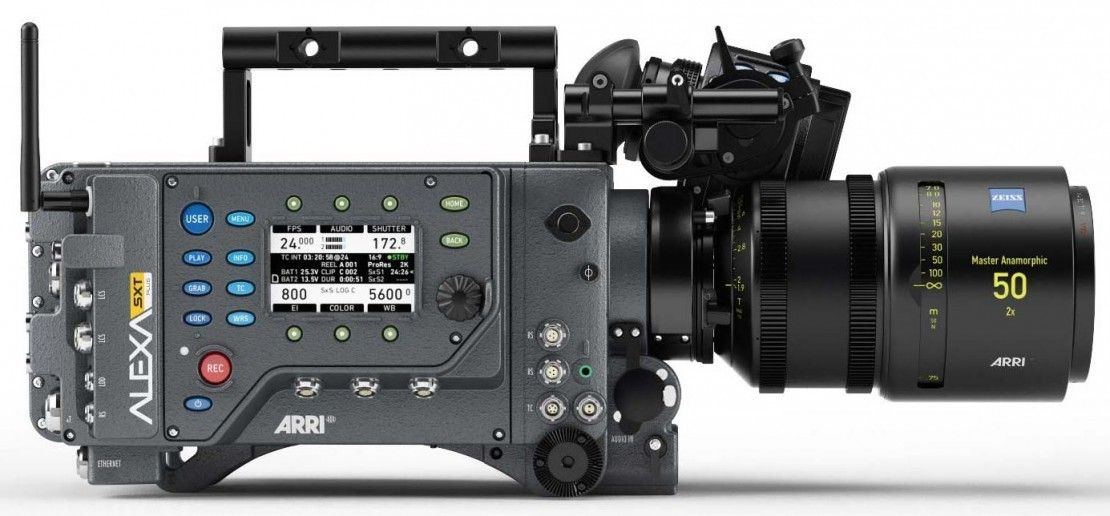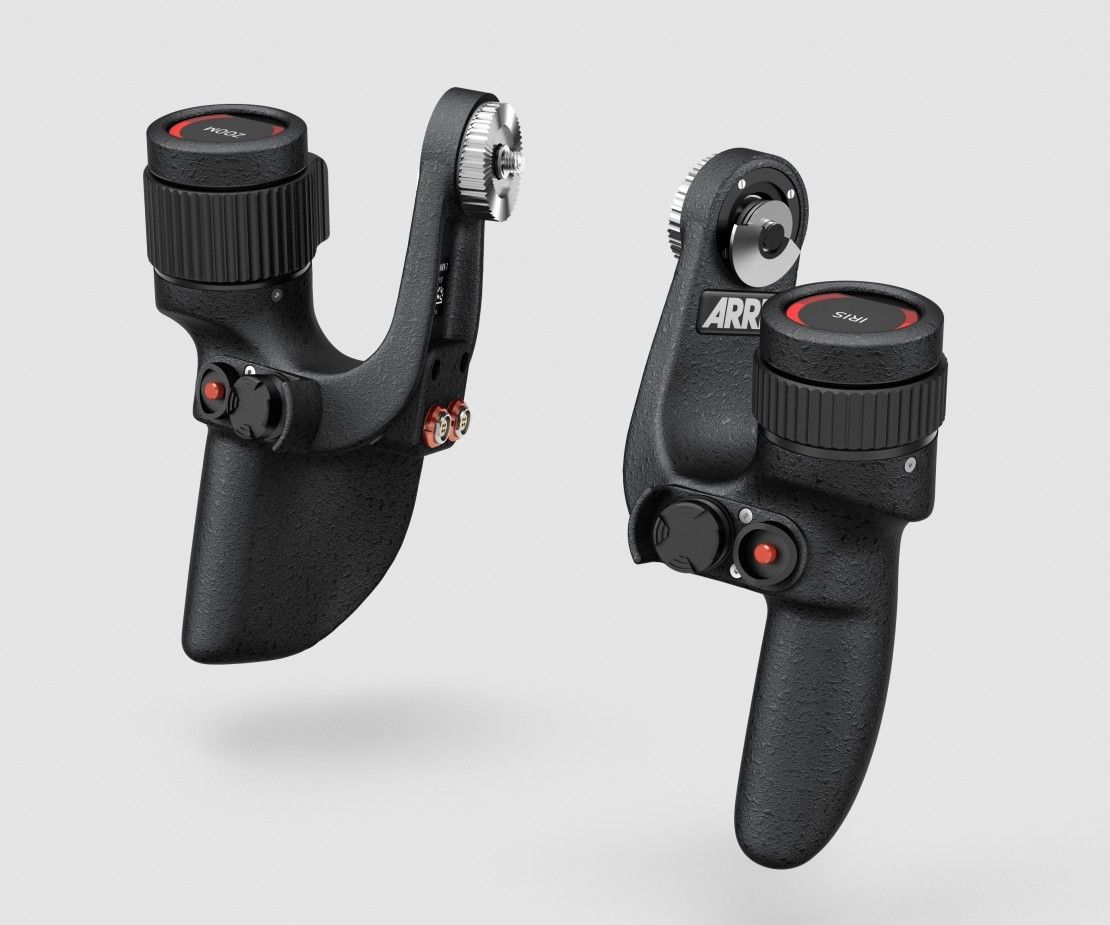
I know that many of our readers are real estate photographers or have at least tried their hand at real estate photography. The most common method used to create ‘good enough’ real estate photos is HDR: whether it is tonemapping or exposure fusion, HDR is definitely the most-used method for real estate and beginner interior photographers. In this post, I’ll do a comparison between tonemapping, exposure fusion, single on-camera flash, and multiple off-camera flash, and show you the benefits (or disadvantages, rather) of each.
I’ve been shooting and writing about architecture, interiors, real estate, and generally everything that needs to look pretty but cannot be moved for awhile now, and it seems every time I post an article related to my field(s), there are plenty of comments debating the use of HDR and the use of flash in the comments. Flash users insult HDR users, HDR users insult flash users, everyone cuts a knee open, and everyone goes home disappointed. It is as dependable as the sun rising and setting – I honestly cannot remember any time when it hasn’t happened.
So on a recent shoot, I was presented with a perfect scene to demonstrate the differences between methods, and (here’s the important part) remembered to shoot it with this article in mind. I bracketed for HDR, shot for the highlights, the shadows, shot with flashes, shot with flashes again, and then moved the flashes around and shot again, just because I wanted to leave no stone unturned.
So let’s get to it, shall we? I know this is real edge-of-your-seat entertainment, so hold on tight.
The Scene
Let’s get a feel for what we’ll be working with. I was recently contacted to shoot this neat apartment in Westwood, Los Angeles, CA for a client of mine. Now here’s the fun part: I had an hour to create 10 images. That hour included unloading a huge Pelican case, scouting it, chit-chatting with the client to exchange ideas, and shooting it. I managed to finish early which allowed me to set up my little test and spend ten or so minutes on just this scene.
Here is a single exposure of the scene as my camera sees it. I dropped it on a tripod, spun the dials until the exposure meter was centered, and clicked off a frame. This is what resulted:
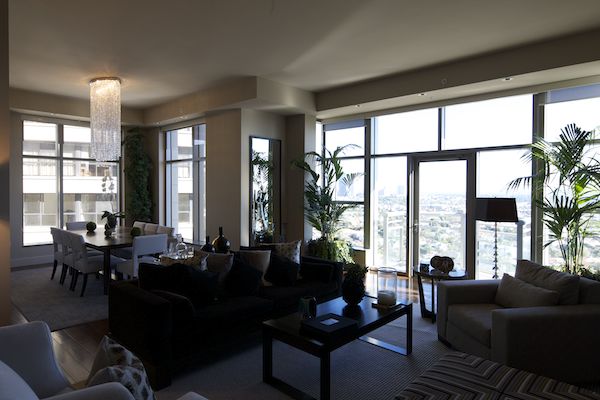
It’s about 2pm and sunlight is streaming in those floor-to-ceiling windows like crazy. No camera would be able to capture the deepest darks of that couch and the brightest brights of the exterior in one image in these shooting conditions. I’d bet my business on it.
If you’re familiar with the LA, or any other high-end real estate market, you’re well aware that the view here probably cost multiple millions of dollars, and letting it blow out isn’t going to make anyone very pleased with the photos. So we’ll need to make sure that we expose both the darkest darks and the brightest brights properly. Sure, we can just expose for the windows, but we’ll get something that looks like this:

And for obvious reasons, we can’t deliver that, either. We can expose for the interior:

Which might be deliverable depending on the circumstances, but really, it’s quite far from anything that I would even consider delivering. This would at least be useful as a scouting photo, but it still fails to accomplish what we’re being paid to do: to show off the interior and exterior views of this gorgeous apartment.
So in order to show off this space in the best possible way, we’ve got a couple options. Let’s start off with…
Tonemapped HDR
Loved by many, vocally hated by just as many, and used by everyone at least once in their careers, Tonemapped HDR is certainly one way to go about things. Tonemapping is what most people think of when the phrase ‘HDR’ is mentioned: those radioactive landscape scenes and, um, “artistic” renderings of city scenes are some popular applications for tonemapping:

Apologies to all Tomcat lovers around the world for that one. Usually, tonemapped HDRs are created by shooting three or five exposures spaced one or two stops apart, which are then merged together using a program like Photomatix. Using tonemapping can create some passable results, but the images quickly fall apart under scrutiny or enlargement. Here are the three images I used to create my tonemapped interior shot. One is, according to the camera, two stops underexposed, one is properly exposed, and one is two stops overexposed. In other words, a typical, run-of-the-mill application of HDR.
And after loading the three images into the Photomatix engine and playing with the result, this is what I was able to come up with:

At first glance, it’s not the worst thing in the world. We’ve got details out the window, details in the interior, and we can tell what’s going on. I guess if you were being paid $100 and the client expected you to shoot with a potato, you’d be in the clear. But upon further inspection, things really start to fall apart. The sky is a muddy mess with clipping everywhere, and there’s no real saturation or crispness due to the overexposed frame being entirely blown out in that area. The colors in the interior are incorrect (especially from the lights – tonemapping loves to oversaturate warm colors) and the transition between the interior and exterior around the windows is a bit rough. The shadow noise is also a bit unruly at 100%, but like I said, it’s not the absolute worst real estate marketing photo ever. I also spent way too much time massaging it in post to get it to look like this, and I can imagine that it’s very easy to screw something like this up if you aren’t very familiar with Photomatix’s controls.
Exposure Fusion HDR
Another popular method for photographing interiors is to use Photomatix’s Exposure Fusion program. This (in very unscientific terms) uses a different blending algorithm to create a more natural result, but at the expense of creative control, which may actually be a good thing. Exposure fusion averages the exposure across the scenes and takes bits and pieces from each exposure to create a more life-like image. Using the same base exposures, I was able to come up with this:

Which is a decent improvement from our tonemapped shot. Still, there are a number of issues with this shot. Try as I might, I wasn’t able to pull out the window view to get it to look the way it really should (well-exposed, good visibility) for a property like this. I could split a few more hairs, as well: the contrast in the scene isn’t really what I’d call ideal, and it’s kind of muddy overall. It doesn’t really scream “this is a high-quality, sharp, snappy marketing image that I’d want to print out for a magazine article to sell my expensive piece of real estate.”
Again, I spent some time in Photomatix pulling and pushing the sliders to get this to look as best as I could. If you were really devoted, you could bring this into photoshop and replace the exterior scene with a properly exposed one. But unless you’re getting paid a significant amount, it’s just not worth the time to mask out all of those details or pull out your hair dragging the pen tool around the screen for thirty minutes to do so. As Sweet Brown would say, “nobody has enough time for that.”
A deliverable shot, to be sure, given the right budget and client. But as I said, there is a lot of room for improvement. So let’s try another method: the flash.
On-Camera Flash
The single on-camera flash is another approach to this type of photography that I frequently see being used, oftentimes with utterly disastrous results. There are times where it can be perfect, however: in small rooms with white walls and big windows, a little kiss of light from an on-camera flash can really help to fill things in and add some sparkle to run-n-gun real estate photography. But in a challenging situation like the one we are faced with in this post, well, I’ll let you be the judge:

Okay. So it’s a Xerox, essentially. All of the information is there, presented in a very ugly format. But it’s there. There’s some light on the scene, you can see what’s going on, but…dang! That window is still long gone. My flash is already at full power, ISO 320, f8, 1/80th, bounced right into the ceiling. I’m letting some of the ambient light from outside fill in the scene to add some natural light and fill. But I really want to see that view, so what do I do? I bump up my shutter speed, which effectively puts me right at the edge of my sync speed and also kills all of the ambient light’s filling effect. Which gives us this:

So there’s our view, but we have completely destroyed any sense of ambience in the interior. Gorgeous, eh? Keep in mind that the flash is on full power here. That is one dark interior, and I can’t go any higher on my shutter speed or I’d cross the sync speed and lose a significant amount of flash power. I could bump my ISO or open up my aperture to increase my flash power, but again, I can’t make my shutter speed any faster because of the sync speed limits, and that would negate all of the gains granted to me by bumping the ISO and changing the aperture.
That light, though…is just…so…ugly. Yuck! How can we improve it? By using…
Multiple Off-Camera Flashes
Keep in mind that I had an hour to create ten images (plus details and vignettes, which I shoot with a prime lens, hand-held usually) for a client that called me at the last minute of the eleventh hour. This was a great client, so I wasn’t going to say no, and I was compensated fairly for my time and expertise. Yet I still wanted to create the best results possible given the time constraints, without resorting to HDR or shooting single exposures.
On my usual and ideal gigs, I usually shoot eight to ten images per day using multiple off-camera lights, and, often enough, I have an assistant helping out to speed things up. As you can imagine, I wasn’t able to spend that much time on each image here (2-3 minutes at most). But I think that the results speak for themselves: the window view is crystal clear, the interior looks relatively natural, the colors are all correct, and the shadows and transitions are natural and smooth, unlike all of the other methods I’ve touched on. I will admit that I cheated a bit here: I had to crop out the edges of a pair of umbrellas and crop down from the top of the frame to conceal a minor hotspot. I pulled some shadows and pushed some highlights in Aperture, and of course added the usual contrast and saturation. In reality, I spent no more time in Photoshop/Aperture caressing this image than I did on the HDR images. All things considered, however, the minor cropping and ‘cheating’ here produces a much better result:

Of course, it’s going to take time to be able to effectively light a dark interior in a way that captures every necessary piece of information in order to entice potential buyers. It’s not an overnight solution, and there is always room for improvement. I’m not 100% happy with the quality of light that I created in my final image here, but I spent all of ten minutes on this scene for results that, to me, appear to be the clear winner in the quality and deliverability categories. If I had more time I’d love to play with the composition, different lighting setups, using scrims and cookies, and all of that fun stuff to make a really killer image. I might even kick around for a few hours until the sun started to set to get an amazing twilight shot, but alas, I did not have that liberty on this shoot.
Conclusions
Four methods, all of them producing unique results. Do I believe that HDR and on-camera flash have their place? Absolutely. If you are just starting out, it might help to ease into interiors and real estate photography by using HDR to learn how to compose, get comfortable with the dynamic range and limitations of your camera, and realize how they can be improved. From there, slap a single flash in the hotshoe and master that. It might be ugly for awhile, but it will only get better in time. From there, I’d suggest making the jump to off-camera lighting. Can you create great images using HDR and exposure fusion or other methods that I haven’t mentioned here (for example, manual blending in Photoshop)? Yes, and people do. I may or may not think that those people might be insane due to the amount of time they end up spending in post, but they do. I also enjoy the fine control I can have over a scene when I am the one who is creating the light and mood, rather than being the one who is trying to work within a set of boundaries imposed on me by the scene. The more control I have, the better, but that is another article for another time.
If you’re on a time limit and don’t feel comfortable juggling five or more speedlights, then by all means get familiar with HDR and its Exposure Fusion engine. You’ll need to know the limitations of the program and what kind of scenes it will struggle with, such as the one in this post. But don’t let me mislead you: there are many situations in which HDR can be applied and used to great effect, it’s just that there are some situations where it definitely would not be my first choice.
Everyone has their preferences, and I’ve tried to lay out each method in an unbiased format so you can make your own decisions about how you shoot your interiors or real estate photography. But for me, when it comes to quality, my time, and pleasing my clients, it’s off-camera flash every time. Do note that architectural and commercial photography differs greatly from real estate photography, and a bit beyond the scope of this article.
Here’s a side by side comparison of HDR and Flash, to wrap things up. Note the snappy contrast, which was only bumped the slightest bit in Aperture. The lack of bloom around the windows, the smooth transitions, controlled dynamics and life-like colors of the flashed version when compared to the HDR version.

If you would like to see more of my work using off-camera lighting techniques for real estate, architecture and interiors, head on over to my website at mpkelley.com or check out the strobist article detailing some more of my techniques and work. Those should give you a good idea of just what is possible with lights when it comes to shooting this genre of photography.

















